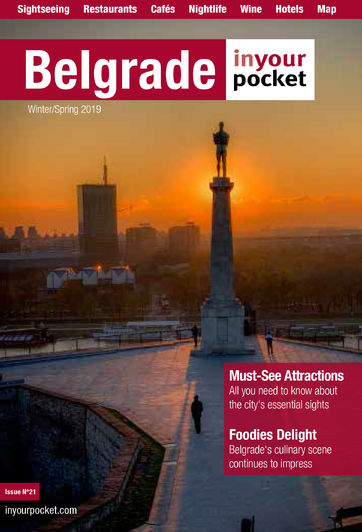A Day Trip to Smederevo
more than a year agoThe history of this town dates all the way back to the seventh millennium BC, when ancient Starčevo culture existed in these lands. They were succeeded by the Vinča culture in the sixth millennium, Dacians and Thracians in the second millennium, and finally the Scordisci in the third century BC, just before the Roman Empire's conquest of the settlement Vinceia that existed here.
But the most fun part of history of Smederevo starts in the 15th century when Despot Đurađ Branković built Smederevo Fortress, or just Fortress ("Tvrđava"), the largest plain fortification in Europe. The building of the fortress lasted for three years. The unusual fact about the construction is that aside from stone and calx even eggs were used to make it stronger, which proved effective in the sever attacks that followed its completion. The most severe damage that struck the fortress was during the Second World War, when German ammunition, stored in the fortress, exploded, destroying the gate and a large part of the wall surrounding it. The detonation from the explosion destroyed almost whole town of Smederevo, with about 30,000 inhabitants at the time, after which only one house in the whole town was without damage.
However majestic, the Fortress is not the only sight in this town; worthy of mentioning is also the Museum of Smederevo, located close to the Fortress, in which you can learn more of the town's history, and everyday life of the people who resigned there, from the folk costumes to the objects in their households. Don't be shy and feel free to ask their curators to tell you a bit more about the things that interest you.
For more than 200 years, in one of Smederevo's squares, grows The Mulberry Tree "Karađorđev Dud", the monument to the First Serbian Uprising. Turkish commander Dizdar Muharem Guša gave up the keys to the city of Smederevo, to Karađorđe Petrović the leader of the first Serbian Uprising on November 8th 1805.
The town square and the church of St. George are on a must-visit list of everyone who visits Smederevo. The church is located on the square and it's one of the largest Serbian churches built in the 19th century. The influence of many styles is notable in the church's architecture, including Baroque and Byzantine styles. The inside of the church was decorated by the Russian iconographer who added elements of his culture into the icons. In front of the church, there is a large key-shaped fountain as the symbol of Smederevo's freedom from the Ottoman Turks.
If you have some time left, make sure to take a stroll on the Danube promenade, it's new and not historically important, but nevertheless beautiful.
You can take a bus to Smederevo from Belgrade bus station about every half an hour/ hour, and will arrive in a little more than an hour in Smederevo. The bus station in Smederevo is located right behind the museum, two minutes from the Fortress and the main square. Just make sure that you don't completely forget the time and miss the last bus back, at 21:00.





Comments